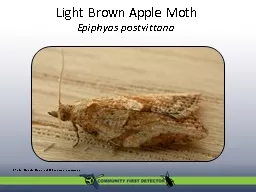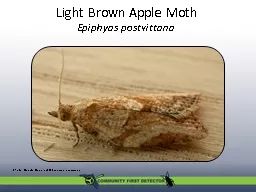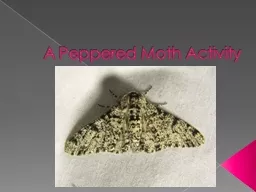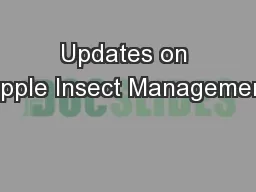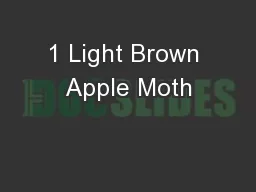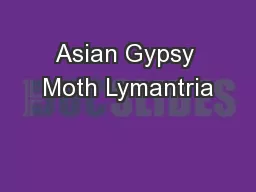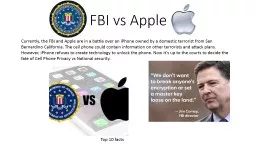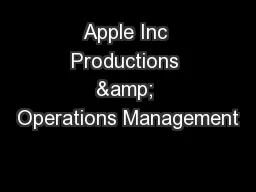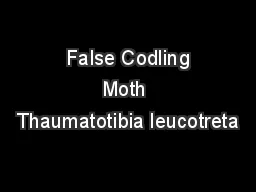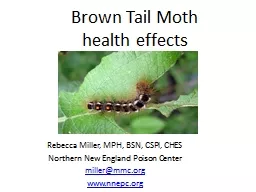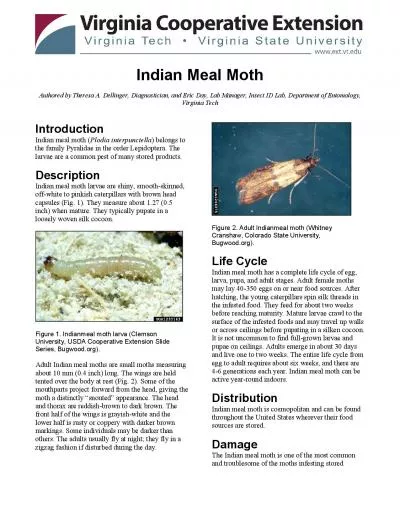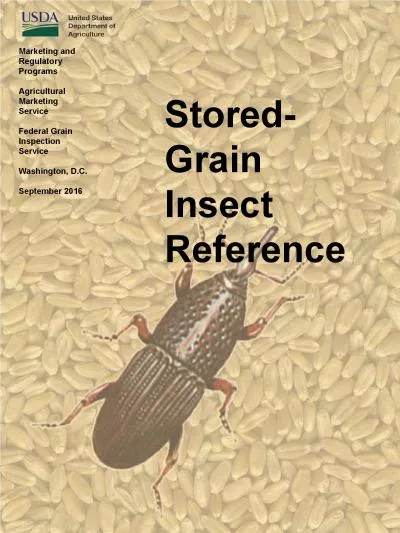PPT-Light Brown Apple Moth
Author : olivia-moreira | Published Date : 2017-06-03
Epiphyas postvittana Photo Donald Hobern 2008 wikimedia commons Light Brown Apple Moth Native to Australia First US detection was in CA in 2006 Pest of ornamental
Presentation Embed Code
Download Presentation
Download Presentation The PPT/PDF document "Light Brown Apple Moth" is the property of its rightful owner. Permission is granted to download and print the materials on this website for personal, non-commercial use only, and to display it on your personal computer provided you do not modify the materials and that you retain all copyright notices contained in the materials. By downloading content from our website, you accept the terms of this agreement.
Light Brown Apple Moth: Transcript
Download Rules Of Document
"Light Brown Apple Moth"The content belongs to its owner. You may download and print it for personal use, without modification, and keep all copyright notices. By downloading, you agree to these terms.
Related Documents

